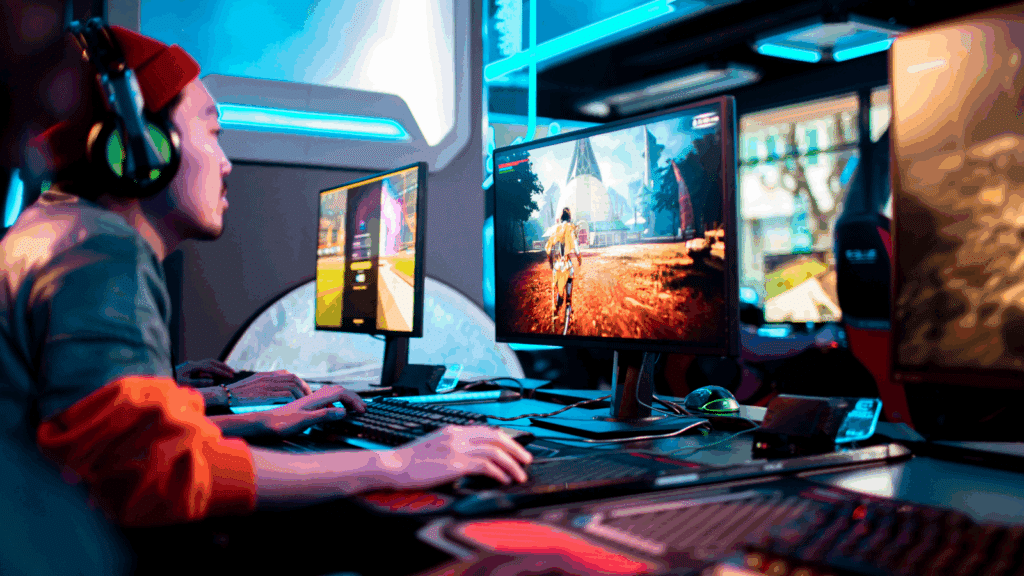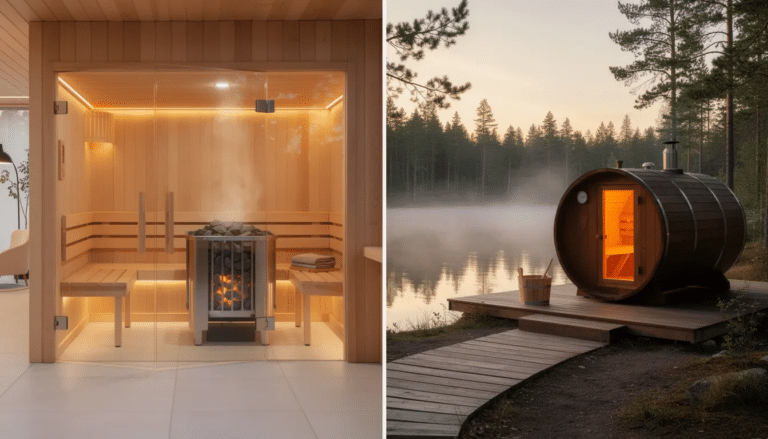There was a time when gaming felt like an event. You cleared the evening, maybe made tea, sat down and stayed there. One game, one goal, and a couple of uninterrupted hours. The games were built that way. They took time, and people gave it without thinking twice.
Now it feels different. The rhythm is quicker. Not chaotic, just tighter. Games want you moving faster, clicking sooner, getting to the point. They skip the slow build-up. A lot of them just start. You don’t scroll through long intros. You don’t wait for some big reveal. You just click here, and you’re already in.
The shift happened quietly
No one held a press conference about it. It wasn’t a marketing trend at first. The shift just happened. Games became shorter, or maybe more focused. Maybe players changed too. People began wanting results sooner. Fewer loading bars. Less explanation. Just a quick start, a few rounds, and something to take away from the session.
It fits how people live now. Things are fast. Schedules are messy. You don’t always know how much time you have. So games adjusted. They started giving players rewards early. They started putting progress right up front. If you’ve only got fifteen minutes, that’s enough now.
What caused the change
There isn’t one reason. A bunch of things built up over time. Mobile gaming probably started it. Then social media added pressure. Then developers noticed how short people’s attention spans were getting. Not in a bad way, just real life catching up.
- Phones made gaming more constant and more casual
- Apps taught people to expect feedback quickly
- Players wanted to multitask, not sit through long sessions
- Life got faster, so entertainment needed to follow
- Streamers and short video platforms highlighted the fastest parts of gameplay
It’s not wrong. It just means games now do more in less time.
Mechanics got faster too
It’s not only about shorter levels. The whole structure of games changed. The way you play, how you learn, how you win — it’s all quicker. Even mistakes don’t cost much. You fail, and then you’re back again. No delay, no punishment. The loop is tighter.
- Saving happens automatically, so there’s no pressure to stay long
- Tutorials got baked into gameplay instead of sitting up front
- Menus are simpler, cleaner, and often skippable
- Matchmaking is near instant in most modern games
- Every few minutes, something unlocks, flashes, or levels up
You get the sense that the game is always doing something for you. It rewards small steps more than it used to.
Watching became part of the rhythm
Players used to play. Now they play and watch. Or just watch. Or share clips. It changes how games are made. You’re not only playing for yourself anymore. Some games feel like they’re designed to be watched. Fast matches. Big moments. Easy wins that look dramatic.
Multiplayer got quicker too. Instead of long co-op sessions, people now jump into three matches with friends, say a few things in voice chat, then log off. That’s still connection. It just doesn’t take the whole evening.
The balance is shifting, but not gone
There’s still space for long games. Big RPGs, huge sandboxes, open worlds — they didn’t vanish. But they exist next to five-minute puzzle games or fast-paced online matches. You choose what fits your day.
Some players want deep storylines. Others just need something light. Sometimes it depends on the mood. That’s why gaming now feels less like a fixed habit and more like a flexible option. You can stay or leave. You can give it hours or give it ten minutes.
Either way, the game works with you — not against you.


















